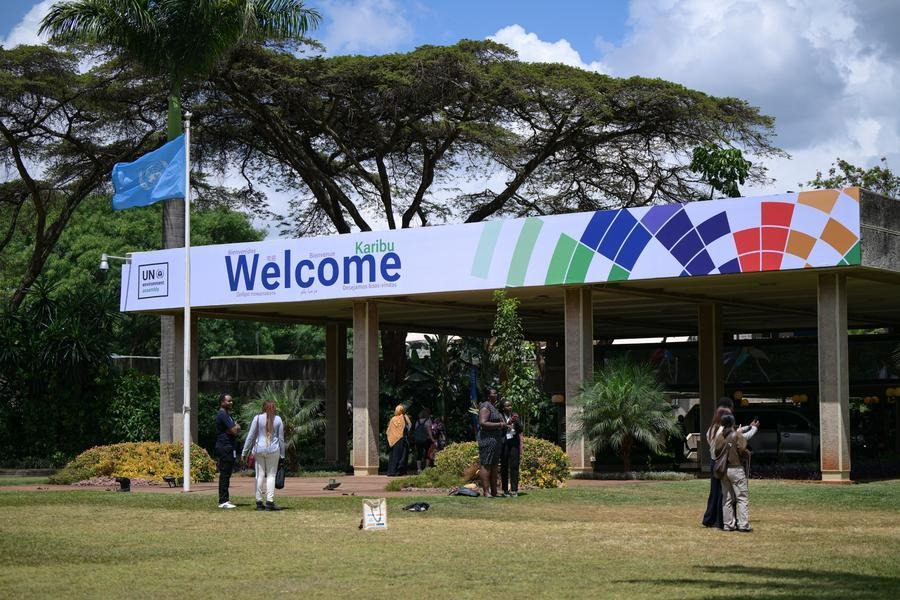Four ancient projects added to WHIS
By Hou Liqiang | China Daily | Updated: 2024-09-04 09:18

Another four ancient Chinese irrigation projects have been designated as World Heritage Irrigation Structures, increasing the number of Chinese facilities on the WHIS list to 38, said the Ministry of Water Resources.
The inclusion of the Karez system in Turpan, Xinjiang Uygur autonomous region, the Huizhou Weirs in Anhui province and the Wuyuan Weirs in Jiangxi province (joint application), the Fengyan terraced field system in Hanyin, Shaanxi province and the Jufeng weir system in Chongqing municipality onto the list was announced during the 75th International Executive Council Meeting, the highest decision-making body of the International Commission on Irrigation and Drainage, in Australia on Tuesday.
An invention that provides water through a technique derived generations ago in Turpan, where the average annual precipitation is only 16 millimeters while the corresponding evaporation rate measures 3,000 mm, the Karez system consists of well-like vertical shafts connected to underground channels that surface in the form of ditches and small ponds.
The channels are supplied with water from melted ice and snow in Xinjiang's Tianshan Mountains, while the underground structure of the wells prevents water from evaporating.
Conveying water from deep underground to the surface and traversing more than 5,000 kilometers within Xinjiang, the Karez wells are considered one of China's greatest surviving ancient man-made structures, along with the Great Wall and the Grand Canal.
The system has provided inhabitants in Turpan with water for drinking and irrigation for thousands of years. It's so important to the life of many locals like Eskander Kadir, a member of the Uygur ethnic group, and the 73-year-old said: "We are the children of Karez wells. The taste of the water in Karez is better than tap water. We drink it and provide it to guests when they visit."
Huizhou weirs are an ancient irrigation system in Huizhou district, Huangshan, in Anhui while Wuyuan weirs are in Wuyuan county, Jiangxi. Huizhou district and Wuyuan border each other and both fell into the jurisdiction of ancient Huizhou, a prefecture-level administrative region in long-ago times.
Huizhou currently boasts over 500 ancient weirs, including five that are over 500 years old, with the oldest one dating back 1,697 years. Wuyuan has over 2,052 stone-made weirs, which are a lot smaller than their counterparts in Huizhou, with 1,181 of them over a century old.
The large-scale development of the Fengyan terraced field system in Hanyin, which provides irrigation water to about 3,467 hectares of farmland, happened during the Ming Dynasty (1368-1644) and the Qing Dynasty (1644-1911).
Positioned at the junction of northern and southern China, Hanyin's regional rainfall is insufficient to sustain necessary water flow in terraced fields throughout the year. To address the problem, ancient farmers built dams and ponds on the mountainsides to store water for irrigation. Over 300 years ago, in order to irrigate more areas, they carved out some water diversion channels on cliff faces.
Built in 1767, the Jufeng weir system in Chongqing is an irrigation project featuring dam-fed water diversion, which benefits almost 1,070 hectares of farmland. With its design well-tailored to the irrigation needs of local hilly areas, the system stands out as the oldest and largest stone-made, river-blocking dam with an aqueduct that is still in operation.
China's World Irrigation Engineering Heritage encompasses a wide range of irrigation engineering types, establishing the nation as a leader with the most diverse and extensively distributed heritage, said the Ministry of Water Resources.
Xinhua contributed to this story.
























